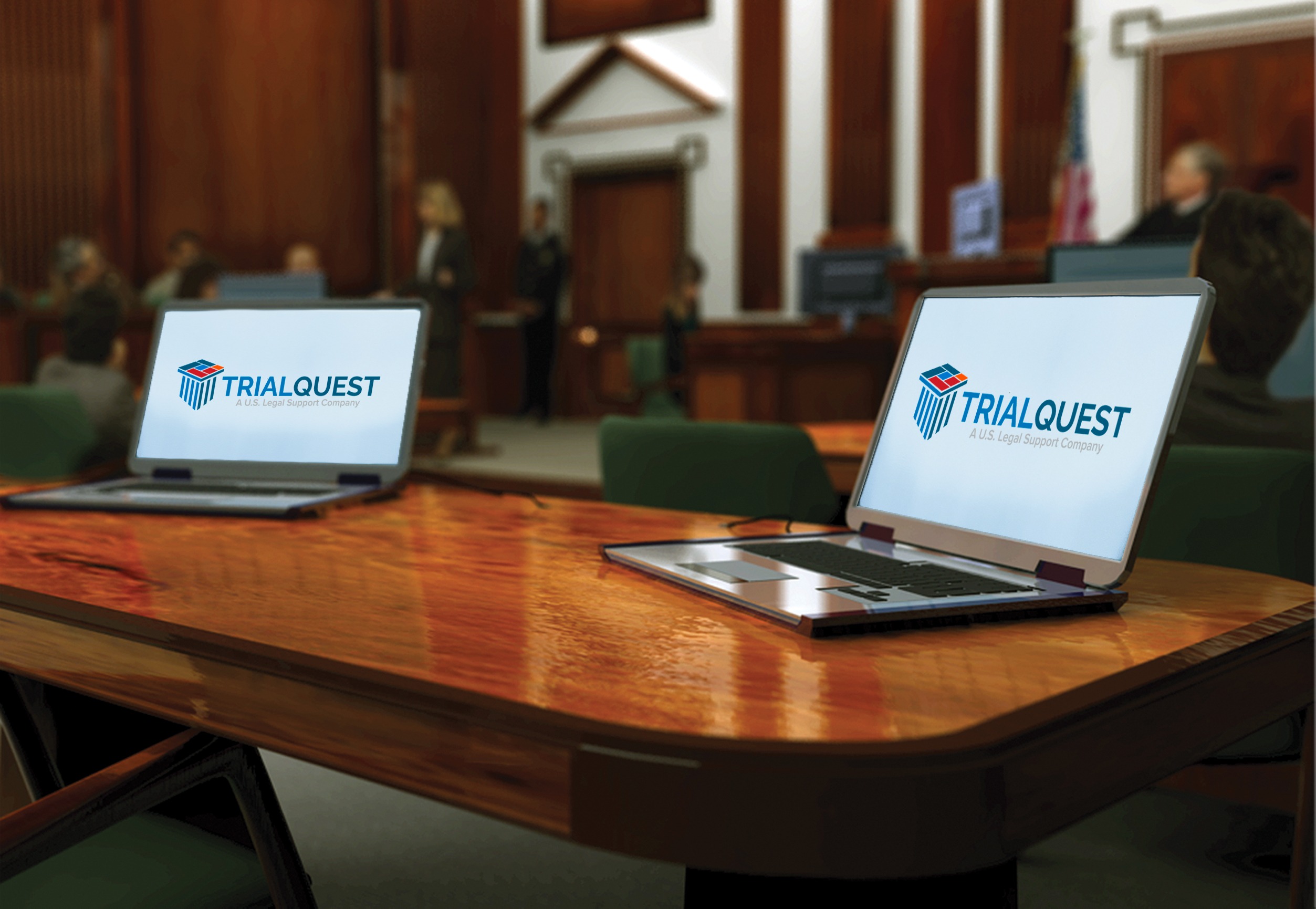The Power of Visuals in Test Presentations for a Winning Debate
The assimilation of visuals in test discussions has actually become a vital variable in efficiently connecting complex disagreements to jurors. By making use of various types of aesthetic help-- be it diagrams, photographs, or animations-- lawyers can boost understanding and retention, ultimately shaping the jury's assumption of the case. This method not only makes clear detailed narratives but likewise develops a psychological vibration that can influence decision-making. As we explore the nuances of this method, it comes to be necessary to consider exactly how certain kinds of visuals can make a substantial distinction in test end results. What practical strategies might attorneys utilize to optimize this capacity?
Value of Visuals in Trials
In numerous legal settings, visuals play a crucial role in boosting the performance of test presentations. The integration of aesthetic components can substantially affect jurors' understanding and retention of complicated information, thereby forming their assumptions and choices. Visuals, such as charts, diagrams, and pictures, can simplify complex narratives, making them more obtainable and engaging.
Furthermore, the human mind procedures visual information extra efficiently than message, which underscores the value of including visuals into legal disagreements. By converting thick legal concepts right into aesthetic styles, lawyers can assist in clearer interaction, guaranteeing that bottom lines are not neglected throughout trials.
In addition, visuals serve to involve jurors on an emotional degree, fostering a link to the case that words alone might fail to accomplish. The strategic use visuals can stimulate empathy, motivating jurors to consider the human facets of the case.
Eventually, the importance of visuals in trials exists in their ability to improve quality, enhance juror involvement, and reinforce the narrative being offered. This potent combination is crucial for crafting convincing debates that reverberate with jurors and influence the result of lawful proceedings.
Types of Visuals to Utilize
Reliable trial presentations can considerably profit from a variety of visual devices that accommodate different aspects of the situation. trial presentations. Making use of layouts and charts can efficiently break down complicated details, making it more digestible for jurors. For example, flowcharts can show the series of occasions, while bar charts might succinctly contrast relevant data points.

Animations and simulations can additionally play an important duty, especially in situations involving technical information or intricate scenarios. These visuals can dynamically stand for procedures or activities, providing clearness and involvement that fixed images may not accomplish.
Furthermore, infographics combine text and visuals to summarize important information efficiently. They can present timelines, statistics, and significant case points in a visually appealing manner, making it easier for jurors to follow the argument.
Enhancing Understanding and Retention

Enhancing understanding and retention during trial discussions is critical for making sure that jurors comprehend the vital elements of an instance. Aesthetic aids work as effective tools in this regard, converting complicated information right into conveniently digestible layouts. By using charts, layouts, and infographics, lawyers can simplify detailed data and highlight vital points that might or else be overlooked.
Researches have shown that people retain details substantially better when it is offered visually. This is specifically important in a trial setup, where jurors might be bewildered by the quantity of evidence and testament. By tactically including visuals, attorneys can route jurors' interest to one of the most vital facets of the situation, enhancing their understanding and memory of the material offered.

Producing Engaging Discussions
Captivating jurors' interest during trial discussions is vital for conveying an engaging narrative. Engaging discussions leverage visual components to produce a remarkable experience that resonates with jurors. The critical use of graphics, computer animations, and videos can illuminate intricate information, making it extra available and relatable.

In addition, integrating storytelling strategies can improve engagement. Offering evidence in a logical sequence that constructs sob story enables jurors to attach with the material on an individual level. Diverse discussion formats, such as including short video or interactive components, can also receive interest and interest throughout the test.
Ultimately, an interesting presentation promotes a more extensive understanding of the case, allowing jurors to much better appreciate Source the disagreements being offered and leading to a much more desirable outcome.
Study and Success Stories
Numerous case research studies highlight the substantial impact of visuals in trial presentations, showing their capacity to affect juror perceptions and eventually the results of instances. A significant instance entailing an individual injury case illustrated how the use of a 3D animation of the accident scene clarified complex details. Jurors reported feeling even more enlightened and understanding, significantly swaying their decision for the complainant.
In an additional circumstances, a company lawsuits instance used infographics to existing monetary data and timelines, making elaborate info available. The visual representation enabled jurors to realize the subtleties of the instance better than verbal explanations alone. trial presentations. Consequently, the court returned a decision that surpassed the client's expectations
Moreover, a criminal protection instance utilized photos and video proof to develop an alibi. The engaging visuals not only aided in developing question however additionally resonated emotionally with jurors, leading to a pardon. These success stories underscore the need of incorporating visuals into test presentations, as they improve understanding, retention, and ultimately, the persuasive power of lawful disagreements. The tactical use visuals is unquestionably changing the landscape of test advocacy.
Final Thought
To conclude, the tactical consolidation of visuals in test discussions substantially enhances jurors' understanding and retention of complicated details. By making use of various types of visuals, lawyers can effectively clear up key factors and foster emotional connections with the audience. Involving discussions, supported by compelling study, demonstrate the extensive influence that visuals can have on convincing interaction. Inevitably, the power of visuals functions as an essential element in accomplishing positive test outcomes.